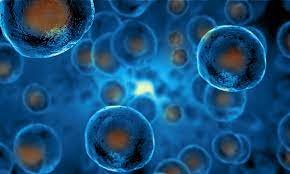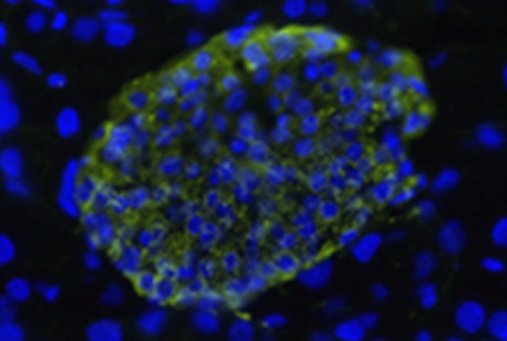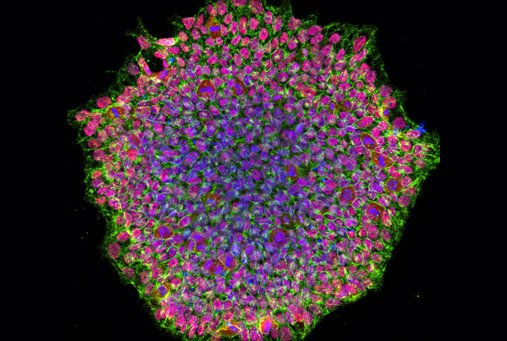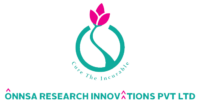RESEARCH AREAS
Our research priority is harvesting the full potential of perinatal tissues to provide basic, pre-clinical and clinical grade products for unmet medical needs. Our core strength lies in stem cell manufacturing and cellular and molecular biology services.
We continue to build out our strategic alliances across pre-clinical and clinical research areas. These collaborations enhance the potential for the success of our research candidates, which abates our exploration to translational research.We believe that collaborations are an essential part of ensuring that ONNSA stays on the cutting edge of innovation and self-reliance to bring top quality products at affordable prices and for relevant research and healthcare markets. We are open to both industry and academia collaborations.
Wound Healing Lab, University of Pune
Xcyton Laboratories, Bangalore
REVA University, Bangalore
Project Titled
Matter No.
Applicant
Application No.
Date of Filing
Next Course of Action
METHOD OF ISOLATING HOMOGENEOUS UMBILICAL CORD MESENCHYMAL STEM CELLS
ONNSA-PPA-IPO-006
DR. NEELAM KRISHNAN VENKATARAMANA
1202041024807
12-Jun-20
To File a Non-Provisional Patent Application before any Jurisdiction / PCT Application on or before June 12, 2021
METHOD TO OBTAIN CORONAVIRUS ENTRY RESISTANT CLINICAL GRADE MESENCHYMAL STROMAL CELLS
ONNSA-PPA-IPO-007
DR. NEELAM KRISHNAN VENKATARAMANA
202041032046
27-Jul-20
To File a Non-Provisional Patent Application before any Jurisdiction / PCT Application on or before July 27, 2021
IDENTIFYING, SELECTING AND NEGATING THE PURE POPULATION OF MESENCHYMAL STEM CELLS LACKING THE POTENT PROCOAGULANT ACTIVATOR PROTEIN
ONNSA-PPA-IPO-008
DR. NEELAM KRISHNAN VENKATARAMANA
202041032044
27-Jul-20
To File a Non-Provisional Patent Application before any Jurisdiction / PCT Application on or before July 27, 2021
- Venkataramana NK, Pal R, Rao SAV, Naik AL, Jan M, Nair R, et al. Bilateral transplantation of allogenic adult human bone marrow-derived mesenchymal stem cells into the subventricular zone of Parkinson’s disease: a pilot clinical study. Stem Cells Int. 2012;2012:931902.
- Khanna A, Reddy SS, Jan M, Totey S, Rao TV, Rao SAV, et al. Establishment of a brain tumor tissue repository in India: maintaining quality standards. J Stem Cells. 2010;5(2):89–101.
- Pal R, Venkataramana NK, Bansal A, Balaraju S, Jan M, Chandra R, et al. Ex vivo-expanded autologous bone marrow-derived mesenchymal stromal cells in human spinal cord injury/paraplegia: a pilot clinical study. Cytotherapy. 2009;11(7):897–911.
- Pal R, Gopinath C, Rao NM, Banerjee P, Krishnamoorthy V, Venkataramana NK, et al. Functional recovery after transplantation of bone marrow-derived human mesenchymal stromal cells in a rat model of spinal cord injury. Cytotherapy. 2010 Oct;12(6):792–806.
- Venkataramana NK, Kumar SKV, Balaraju S, Radhakrishnan RC, Bansal A, Dixit A, et al. Open-labeled study of unilateral autologous bone-marrow-derived mesenchymal stem cell transplantation in Parkinson’s disease. Transl Res. 2010 Feb;155(2):62–70.
Stem cells
Stem cells are mother cells characterized by their ability for self-renewal (i.e., their ability to maintain their identity while forming multiple copies of themselves), and their potency (i.e., the ability to differentiate into a specific cell type).
There are many different types of stem cells that come from different places in the body or are formed at different times in our lives.

Embryonic stem cells
Embryonic stem cells are obtained from an embryo which forms three to five days after an egg cell is fertilized by a sperm. Embryonic stem cells are pluripotent in nature. This means that they can form all the cell types in the human body except that of the placenta and umbilical cord. These cells can act as unlimited resources of multiple cell types and are therefore very useful in research

Tissue-specific stem cells
Unlike the embryonic stem cells, tissue-specific stem cells (also referred to as somatic or adult stem cells) have a limited differentiation capacity, meaning they can form only a select few types of cells. The type of cell they form is determined by the tissue in which they reside and also the differentiation cues they get. Tissue-specific stem cells act as lifelong reservoirs of new cells for the tissues they reside in, replenishing the daily loss of cells or loss due to injury. For example, skin contains skin specific stem cells that replenish the shed skin cells throughout your life.

Induced pluripotent stem cells
Induced pluripotent stem (iPSC) cells are cells that have been engineered in the lab by converting tissue-specific cells, such as skin cells, into cells that behave like embryonic stem cells. iPS cells are critical tools to help scientists learn more about normal development and disease onset and progression, and they are also useful for developing and testing new drugs and therapies.
Mesenchymal stem cells (MSCs); also called Medicinal Signalling Cells are stem cells found in specific tissues in the body. These cells are multipotent in nature, meaning they can form more than one cell type. These cells can differentiate into cartilage cells (chondrocytes), muscle cells (myoblast) bone cells (osteoblasts) and fat cells (adipocytes). These specialized cells each have their own characteristic shapes, structures and functions, and each belongs in a particular tissue.
Bone marrow is the rich tissue present in the centre of bones. They house many cell types and are essential for survival. MSCs can be easily isolated from bone marrow and expanded in culture making them one of the most characterized MSCs.
Adipose tissue made up of adipocytes refers to the fat in the body, adipocytes being the fat cells. It has proved to be an abundant and accessible source for MSCs. There has been increased interest in Adipose-derived Stem Cells (ASCs) for tissue engineering applications
Wharton’s Jelly is the tissue found inside the umbilical cord. It acts as a supporting structure in the cord. Wharton’s jelly is an extremely rich source of MSCs. With around 131 million annual births worldwide this is also an abundant source for the same.
aute irure dolor in reprehenderit in voluptate velit esse cillum dolore eu fugiat nulla pariatur. Excepteur sint occaecat cupidatat non proident, sunt in culpa qui officia deserunt mollit anim id est laborum.
Extra embryonic tissues comprise those tissues that are normally discarded at birth. They include amniotic fluid, placenta and amniotic membrane. The extra embryonic tissue which contains a large number of MSCs serve as a good tissue source
- Human dental pulp is the softest central region of the tooth. It acts as a nourishing and protective structure for the teeth. With low invasive collection nature and abundance, the pulp acts as a good tissue source of MSCs.
- Periosteum is a layer that covers almost all bones in the body. It functions to nourish and protect the bones and also plays a role in bone regeneration. The periosteum also acts as a good source of MSCs.
- contractile cells present on the surface of vascular tubes (veins and capillaries). They play a major role in the integrity and function of the vessels and in paracrine signaling pathways
Evidence that mesenchymal stromal cells possess therapeutic properties are constantly accumulating. Likewise, their rate of proliferation, immune privileged status, nontumorigenic properties make them ideal for both autologous and allogeneic (off-the-shelf) use in regenerative medicine applications.
Basic Research
Mesenchymal stem cells are known to have pleiotropic actions. They exert trophic and anti-inflammatory effects on damaged tissues by producing a variety of factors and cytokines that act to protect tissues, but also modulate immunological reactions. The property of MSCs to undergo broad spectrum of differentiation beyond the boundaries (mesodermal to ectodermal and endodermal) between germ layer lineages and healing wide variety of injured tissues elucidate the curiosity among basic researchers.
Translational Research:
The new discoveries, the extraordinary dynamism in human stem cell (SC) research, and the great expectations of the benefits in clinical treatment of many diseases are on the edge of unparalleled advances in understanding of basic mechanisms of cell differentiation and development and the translation from basic research to new clinical therapies.
They are emerging as a promising therapeutic approach of cell-based therapy for a wide range of autoimmune disorders and degenerative diseases. The beneficial effects of adult stem cells are considered to be associated with their homing efficiency to the tissue injury sites, differentiation potential, capability to produce a large amount of trophic factors, and their immunomodulatory effect. In preclinical and clinical studies, MSCs have been shown to be highly efficient in treating graft-versus-host disease, systemic lupus erythematosus, multiple sclerosis, type 1 diabetes, myocardial infarction, liver cirrhosis, inflammatory bowel disease, and other disorders.
Unlike ES or iPS cells, MSCs have no ethical issues and have a low risk of forming teratomas. Nevertheless, pilot studies have demonstrated that MSCs are largely safe in vivo, and they are currently the most widely used stem cells in clinical settings.




